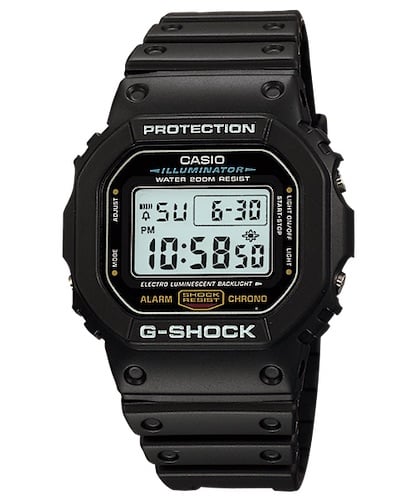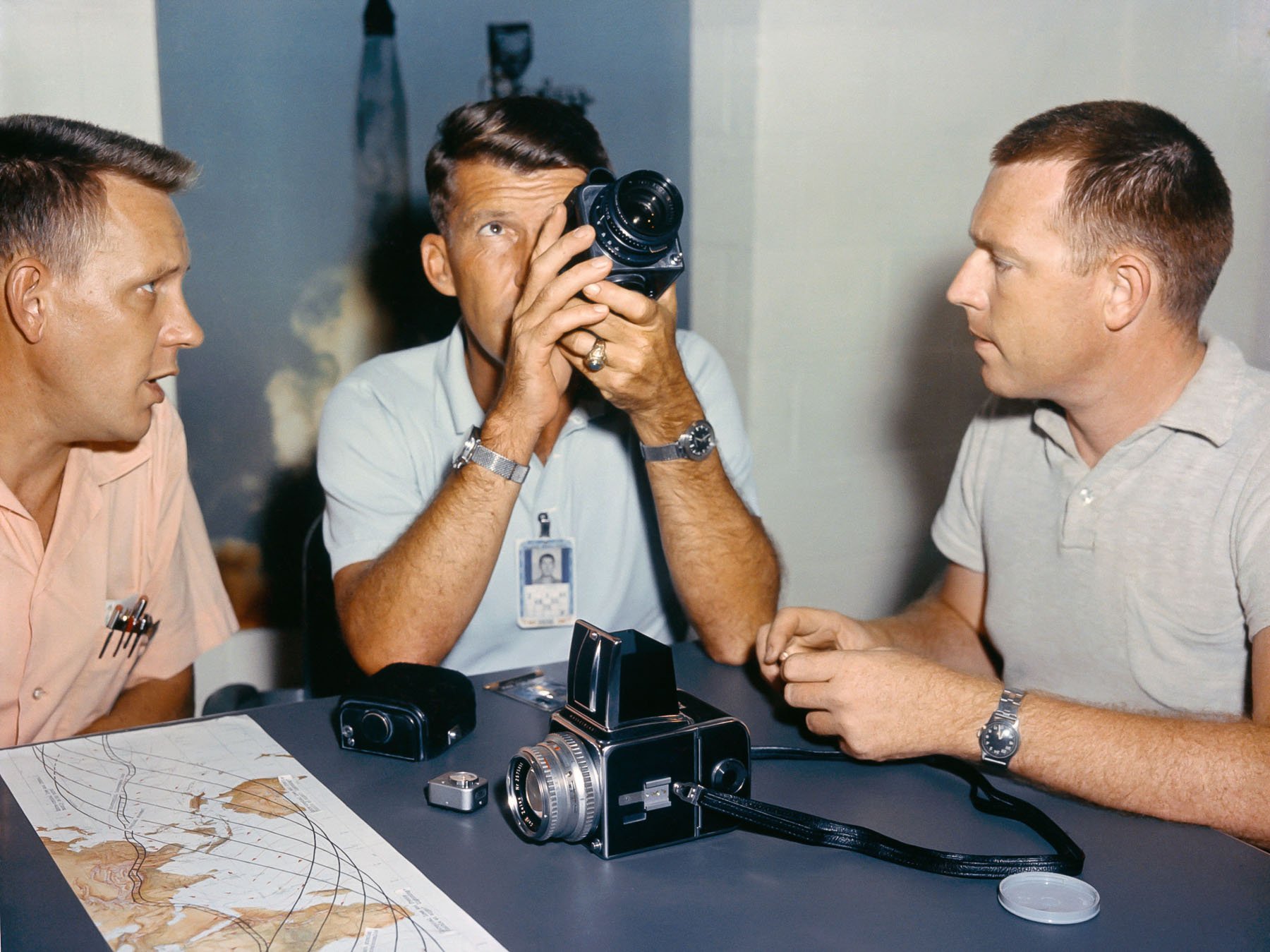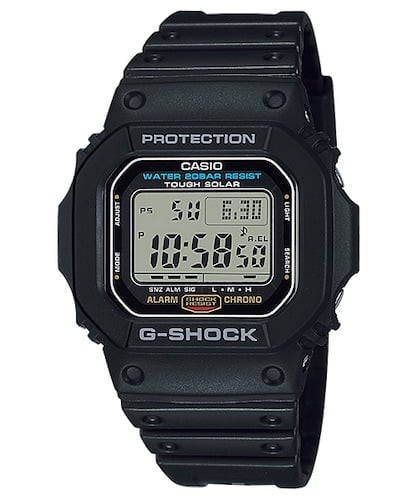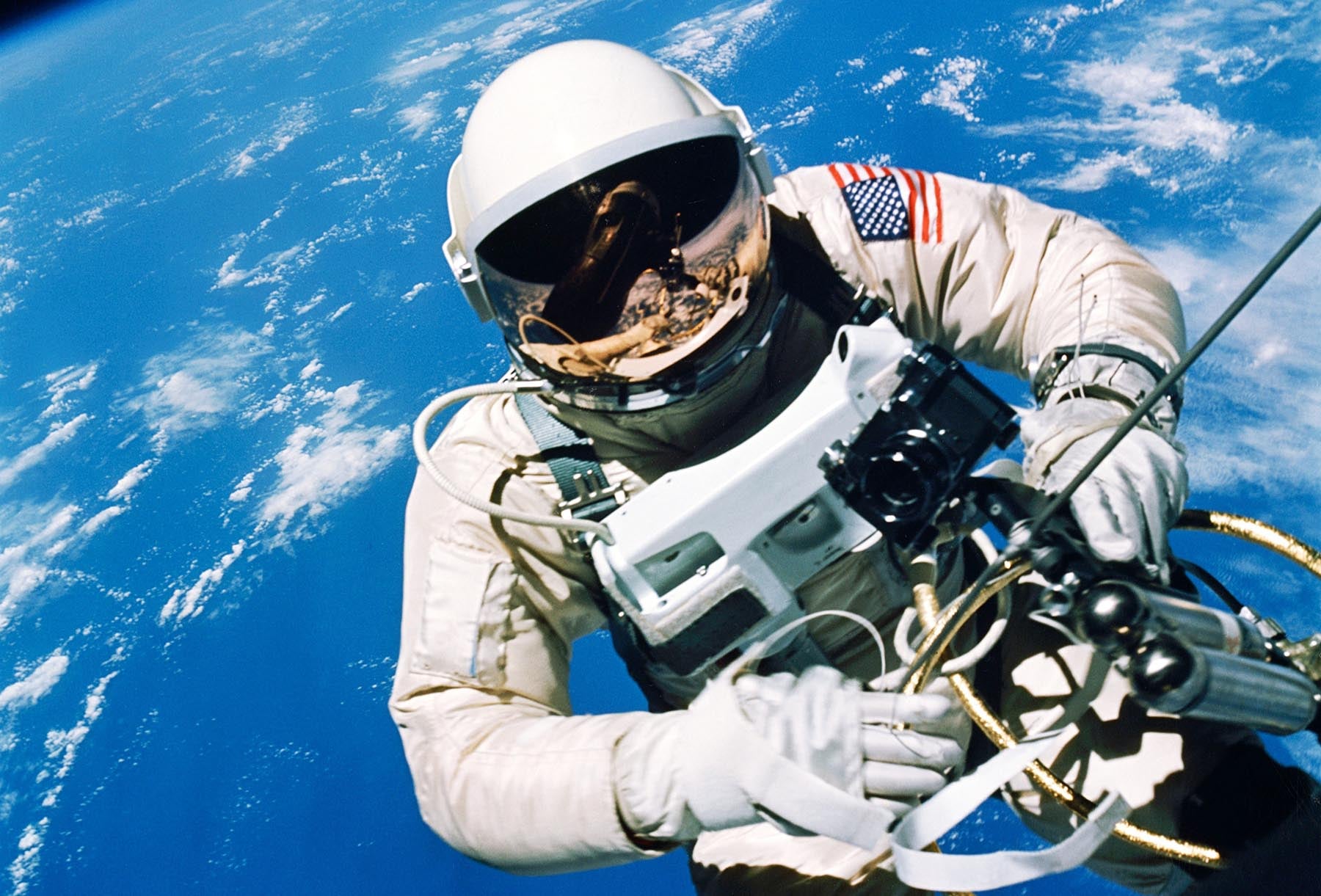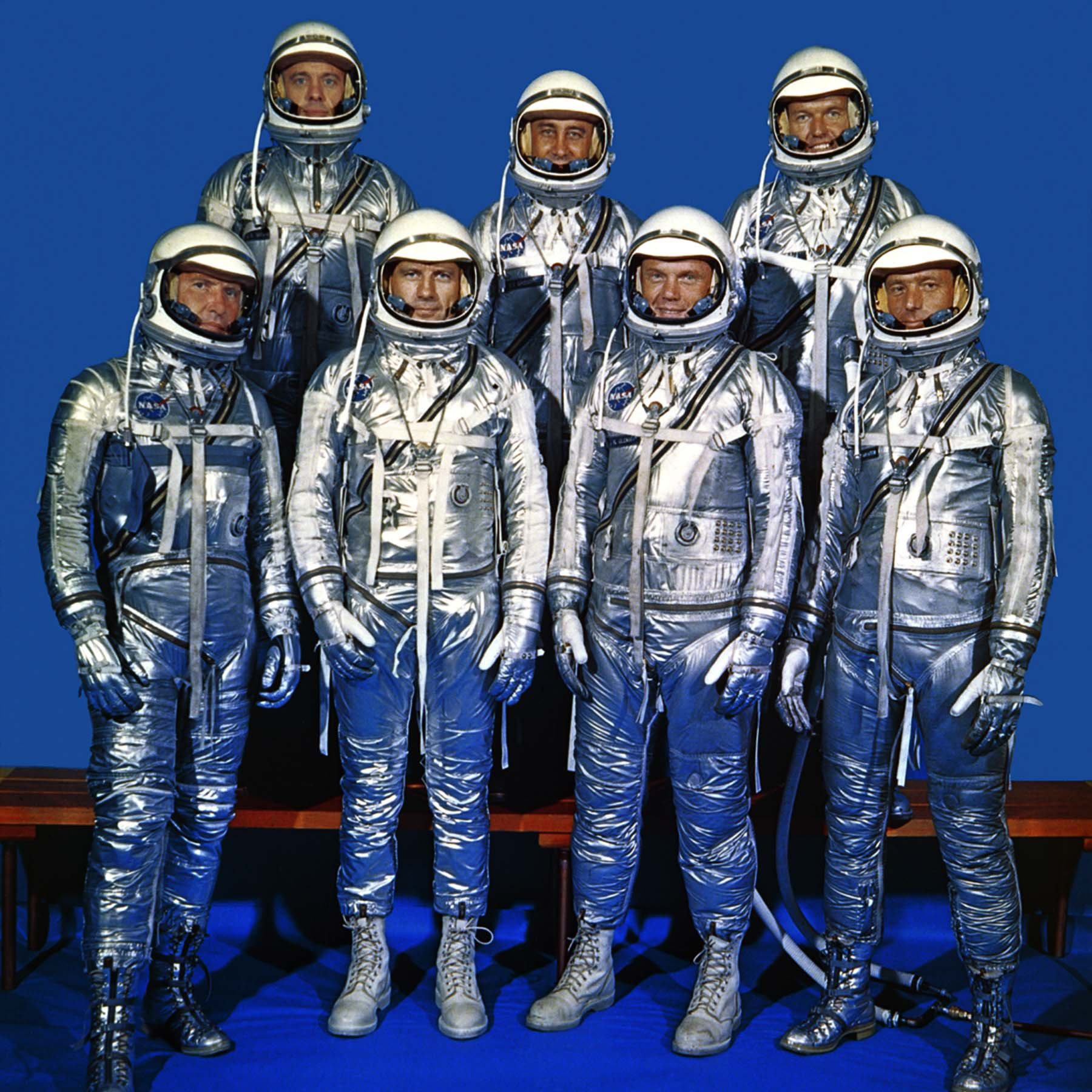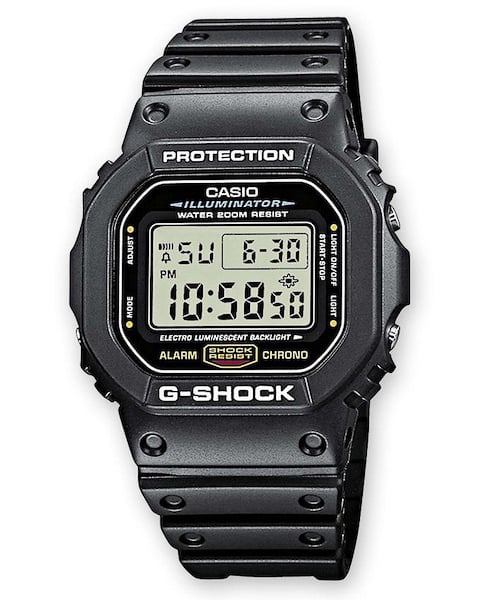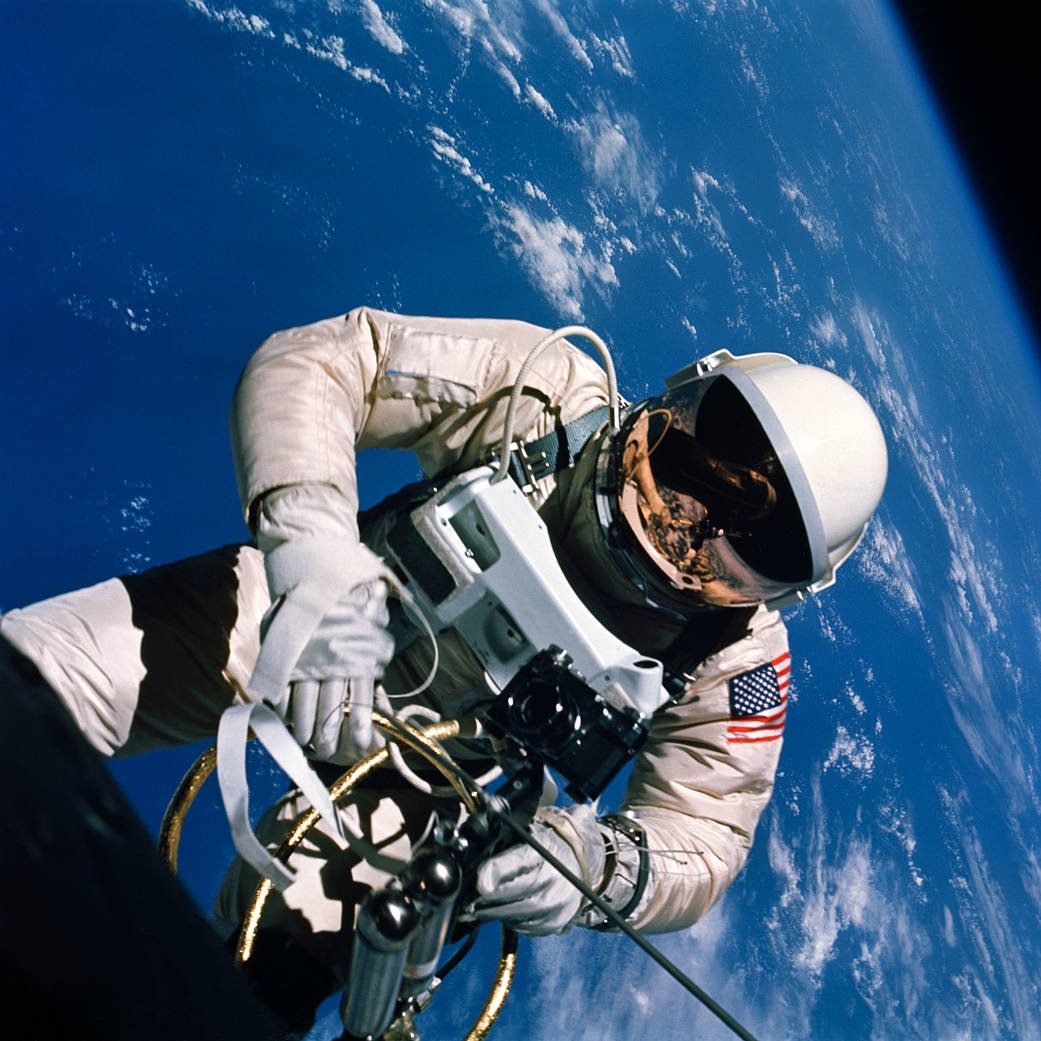Value Proposition: The $40 Space Watch From Casio Right Under Your Nose
The heavens have always been a fascination of homo sapiens. Each culture throughout history, having moved past the hurdles of securing shelter, sustenance, and governance, has at some point turned its collective gaze to the skies, considered a font of knowledge and mystery for those adept at “seeing.” Modern humanity has fared no differently; now armed with technological and scientific developments, we ceased to be content with merely gazing. And so, man has been to the moon, and there will undoubtedly be more to come.
Not all of us will go to space. In truth, we may even look upwards at night less often than our ancestors. But there are tokens now available to us, ambassadors of humankind’s next frontier, that we may own and wear, bringing us at least in spirit one step closer to mankind’s giant leap. A space suit is prohibitively expensive, cumbersome to wear, and—while it may make good cocktail party conversation—is incredibly difficult to communicate through sans radio on account of the face shield.
Our second choice and more reasonable candidates, therefore, are the timepieces Neil Armstrong, Buzz Aldrin, Michael Collins (godspeed), and the like strapped to the puffy arms of their spacesuits in order to maintain a particular orientation within space-time (double entendre intended).
An obvious grail
There is, of course, the obvious choice: the Omega Speedmaster. That model may well be a lofty grail for many a space/watch enthusiast, but there are countless “other” space watches for the truly dedicated or doggedly determined to not spend $5k+, but they are often attributed to Cosmonauts, were non-approved stowaways, or lost to history. But there is still one, still currently approved by NASA for space-flight, worn by astronauts, with authentic space provenance (though not dating as far back as those first voyages).
If you happen to live near a Walmart, you can even pick one up for $40…
It is oft-forgotten and yet still worth considering. Better yet, it isn’t even a thousand dollars, euros, or pounds. In fact, from many stores, it isn’t even a hundred. The cherry on top? It isn’t subject to waiting lists or scarcity (organic or enforced). It’s easily procured online or from official dealers worldwide. If you happen to live near a Walmart, you can even pick one up for $40 (as referenced in this article’s title). So what is this little beauty? I am, of course, referring to Casio’s G-Shock DW-5600e.
The DW-5600e
The DW-5600e is truly a classic G-Shock. It is an evolution of the DW-5600c (also approved for space flight), which itself is an evolution from the original G-Shock, the DW-5000c. The 5600e retains the distilled essence of the G-Shock amid countless variations of “squares”. While it may be one of the most affordable square models, lacking as it does the Tough Solar and 6-band atomic timekeeping* functionality possessed by many of its “fancier” brethren, the secret sauce is its simplicity.
* Useless in space
A secret hiding in plain sight
Perhaps the pieces are starting to come together. If you’ve been aware of the Casio + NASA limited editions that have dropped in the last couple of years. Those, too, have been color variations of the DW-5600e, though it seems like Casio has remained rather mum as to the depth of the DW’s relationship with the agency and space flight. Consequently, it is often presented as an “homage” to NASA. In truth, NASA has quietly approved a handful of watches, including some other G-Shocks and some Timex for space flight. There has been little to no fanfare surrounding these approvals. There have, however, been a few photos of certain astronauts floating in zero-G wearing these models. From these images, we can discern a clear preference for 5600 models, either ending with a “c” or “e”.
A highly functional (and budget) alternative
Under pressure from astronauts, NASA considered some alternatives to Omega’s trusty wares. They petitioned that, while of course the Speedmaster is a fine and capable watch, they desired and indeed required something even more capable. The kind of functionality the astronauts craved could only be provided by a quartz-powered, LCD-equipped watch could deliver. The Omega X-33 series are the top end of this echelon as far as most space travelers are concerned, but a budget-friendly option couldn’t hurt.
…more capable than a Speedmaster…
Thus, after NASA’s typical torturous and thorough testing procedures, these alternatives were ratified. NASA returned to the astronauts with a compromise. While the Speedmaster would remain their primary tool, they were allowed to wear any of the satisfactory alternatives as well. I’ve found it difficult to find dates for these developments, and any dedicated internet sleuths are encouraged to fill out the details in the comments below. But of course, as the first G-Shock was released in 1983, their incorporation into space flight happened sometime after that. So let us look at this watch, and what, if perhaps lacking in relative nuance and finesse, at least makes it more capable than a Speedmaster in the eyes of some of NASA’s finest.
Why is the G-Shock so highly regarded?
The DW-5600e is one of the simplest G-Shock squares around. In this context, that simplicity is its strength. The home screen shows time down to seconds, in 24- or 12-hour formats, month, date, and day. It also indicates the activation status of the hourly chime, alarm, and accompanying flashing alarm backlight. That’s a nice bonus for when your hearing may be hampered, but no big surprises there. The more “sophisticated” (and non-flight-approved) models have functions that are either rendered obsolete or non-functional in space. As such, those models weren’t the ones NASA focused on when looking for a no-frills alternative.
Future alarms
The next screen reached is the alarm. Here the one alarm can be set, and THEN, if it isn’t to be a daily alarm, the month and date can be set for when it’s supposed to trigger. That is, a month can be selected in which the alarm will trigger every day, a date can be selected upon which the alarm will sound every month, or a month and date can be chosen for an alarm once a year (or perhaps every four, if it’s on February 29th). We are now seeing how we’re dealing with a true expedition tool.
A 24-hour countdown timer
The next screen is a 24-hour countdown timer, programable down to the second and with optional auto-repeat. This is an excellent tool for time-controlled experiments, as astronauts are known to perform. The next and final screen and function is a stopwatch up to 23’59”59’”, though it measures to the 1/100th of a second. Split time and double finish are available to the user as well. Both the timer and stopwatch screens show the current time in the upper right corner.
It is intentionally recessed and requires a practiced fingernail to adequately press it.
Moving through menus, starting/stopping timing functions, and activating the bright blue backlight are easily done. What is not quite as easy is accessing the “Adjust” button. This button is located at “10:30” on the watch case (as we say in analog terms). It is intentionally recessed and requires a practiced fingernail to adequately press it. Even that failsafe is a perfect design feature that seems entirely innocuous.
No useless fluff
This watch wears medium-large given its 43mm diameter. Despite that measurement sounding significant on paper, it is not such a massive watch in comparison to its peers. Despite its 43mm diameter, there is no useless fluff on this watch. It was clearly intended to be worn as a tool. And whereas NASA’s astronauts were most likely lobbying for the improved timing and alarm functions when petitioning for its approval, NASA the organization had its own requirements for it to meet: a veritable gauntlet of forces, temperatures, and substance submersions.
But unique horological features aside, this is a G-Shock. As many have come to find, the 200m water resistance and 10m shock resistance seem to be mere stopping points in Casio’s testing regime rather than true indications of the hardships these watches can actually endure. Yet, and here’s the twist: for all its beefy construction and expansive timing functions, the G-Shock square series still falls short of the Speedmaster’s inherent strength — its mechanical core.
…I’m not equipped to survive the vacuum of space either.
There are no recorded instances, that I know of, of a quartz-powered, LCD-screen equipped watch making its way out of the cushy oxygen-rich pressurized capsule of a shuttle or space station and into the vacuous endlessness of open space. LCD apparently doesn’t do well under direct, un-atmosphere-mitigated sun radiation, among other potential shortcomings. But this watch was never intended to replace the Speedmaster: it was intended to fill in the gaps where the Moonwatch falls short. And you know what? For about 1/100th of the price of that “other” space watch, that’s a shortcoming I’m willing to overlook. Because, honestly, I’m not equipped to survive the vacuum of space either.


